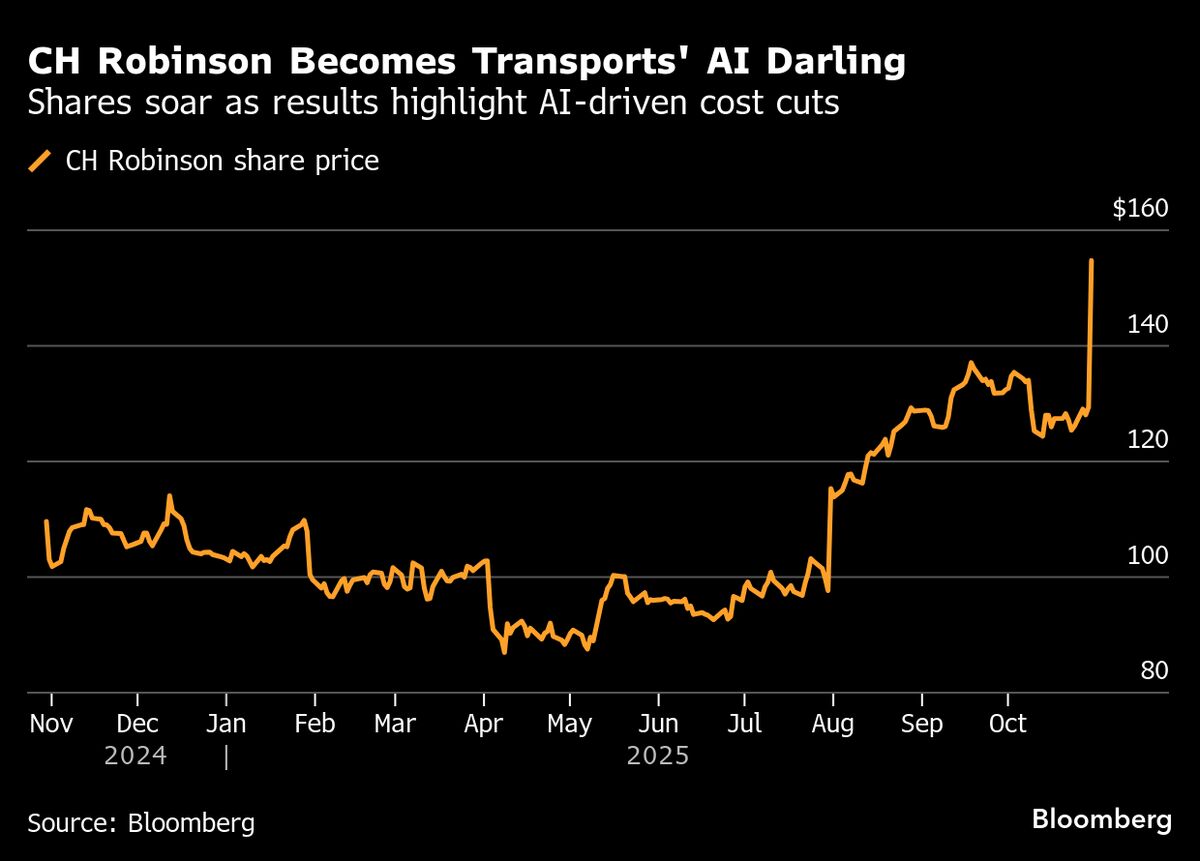$D^2GS$: Dense Depth Regularization for LiDAR-free Urban Scene Reconstruction
PositiveArtificial Intelligence
A recent study introduces Dense Depth Regularization for LiDAR-free urban scene reconstruction, showcasing the potential of Gaussian Splatting in enhancing autonomous driving technologies. This advancement is significant as it addresses the challenges of relying on multimodal sensors like LiDAR, which can be difficult to obtain accurately. By improving reconstruction methods, this research could lead to more efficient and reliable navigation systems in urban environments, ultimately benefiting the development of self-driving cars.
— Curated by the World Pulse Now AI Editorial System


